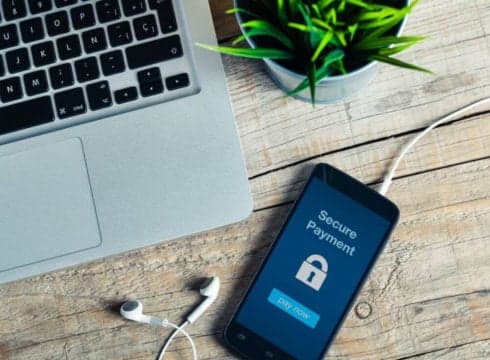RBI had set up the committee to review the existing status of digitisation
Some of the key recommendations include transactional parity
PCI also recommended ‘on tap licensing’ and risk-based regulations
Inc42 Daily Brief
Stay Ahead With Daily News & Analysis on India’s Tech & Startup Economy
Almost 30 days into the new five-member ‘High-Level Committee for Deepening of Digital Payments” was set up by the Reserve Bank of India, the Payments Council of India has submitted its recommendations to the Nandan Nilekani-led committee for driving financial inclusion through payments.
RBI had set up the committee to review the existing status of digitisation of payments in the country, identify the current gaps in the ecosystem and suggest ways to bridge them.
To further amplify the goal, Naveen Surya, chairman emeritus, PCI; Vishwas Patel, chairman, PCI and director Infibeam Avenues Ltd; Loney Antony, co-chair, PCI and managing director, Hitachi Payment Services and Gaurav Chopra, executive director, PCI met RBI to present the recommendations.
Some of the key recommendations include transactional parity, seamless access to payments infrastructure and KYC bureau, ‘on tap licensing’ and risk-based regulations.
Vishwas Patel, chairman, PCI on behalf of the council suggested considering a KYC bureau for the entire payments system owing to technological challenges in the central KYC registry system (cKYC). He recommended access to eKYC or digital KYC framework and an interoperable KYC infrastructure as urgent and critical to improve the customer acquisition cost across payment services besides avoiding cost duplication.
Patel said, “Government support in form of GST tax exemption in services like Domestic Remittance, Import duty on PoS etc. is key to drive investment and penetration in the middle and bottom of the customer pyramid.”
PCI also recommended strengthening the board of payment and settlements system with a full-time independent payment expert.
Loney Antony, co-chair, PCI and managing director, Hitachi Payment Services, said, “All viable and profitable payment initiatives should be fully opened up to the market on a continuous basis to drive competition and innovation via ‘on tap licensing policy’ rather than a onetime ‘window’ approach. Besides all payment entities should have the option to move up or down the value chain provided financial net worth criterion is being met with.”
Here are some of the recommendations by the PCI:
- A medium to long term strategy for accelerating the growth of digital payments in India backed by a regulatory regime
- All the digital platforms especially Prepaid Payment Instruments (PPIs) should be allowed to seamlessly issue and allow payments and remittance transactions below INR 50K with minimum KYC
- All payment entities should be given seamless access to all payment infrastructure and settlements systems
- Interoperability to PPIs, which is currently only allowed to merchants and remittances at the domestic level, should be extended to foreign merchants and foreign inward remittances
- Allowing cash out from PPIs through ATMs and agent networks for domestic remittances of the unbanked population
- Leveraging Electronic Benefit Transfer (EBT) and Direct Benefit Transfer (DBT) processing through PPIs as efficient and economical solutions
- Conversion of all PPIs to full KYC accounts within 12 months from issuance not to be time bound but the conversion should be based on the value and additional features availed by the customers
- The non-bank merchant acquirers to be allowed to take direct membership with card networks to acquire merchants under their own BIN.
- A seamless access for non-bank entities to key payment systems like RTGS, and NEFT among others
- NBFCs to be allowed the issuance of credit card (physical or digital form factor)
- The payment service providers (PSPs) be allowed to seamlessly cross-sell third-party financial products like credit, insurance (medical/accident) among others
- Offering end customers the choice of deciding the level of KYC for payment transactions basis his frequency, convenience and risk appetite
- An independent security standard/ certification to establish online payment systems as ‘Safe to Pay’ based on fulfilment of the safety and security requirements
Niti Aayog in its August 2018 report — Digital Payments – Trends, Issues and Opportunities expects the industry to grow $1 Tn by 2023. Also, the government’s digital payments system, Unified Payments Interface (UPI) recorded 672.75 Mn transactions in January 2019 worth $15.4 Bn.
{{#name}}{{name}}{{/name}}{{^name}}-{{/name}}
{{#description}}{{description}}...{{/description}}{{^description}}-{{/description}}
Note: We at Inc42 take our ethics very seriously. More information about it can be found here.


